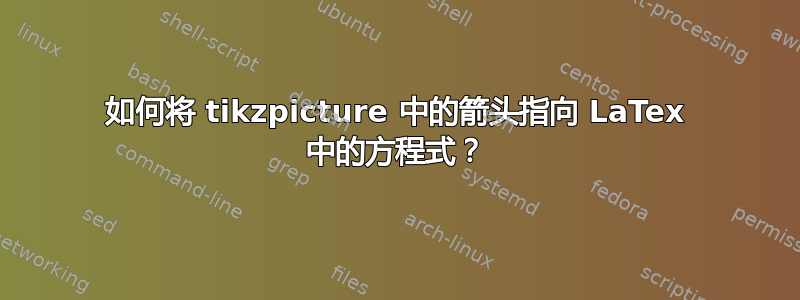
\documentclass{article}
\usepackage{tikz}
\usetikzlibrary{fit, calc}
\usepackage{fontspec}
\newfontfamily{\myfont}{Arial}
\usepackage{marginnote}
\newcommand\commentary[2]{%
\tikz[remember picture, baseline={(here.base)}] \node (here) {#1};%
\marginpar{
\begin{tikzpicture}[remember picture, overlay]
\begin{scope}[rotate=(rand*10),shift={(1.8,0)}]
\node [text width=3cm, align=center, transform shape] (text) at (0, 0) {\footnotesize \myfont #2};
\draw [transform shape, thick] plot [smooth, tension=0.8] coordinates {
($(text.south) + (-10pt, -5pt) + (rand * 2pt, rand * 2pt)$)
($(text.south east) + (-5pt, 5pt)$)
($(text.north east) + (rand * 2pt - 5pt, rand * 2pt)$)
($(text.north west) + (rand * 2pt + 5pt, rand * 2pt)$)
($(text.south west) + (rand * 2pt + 5pt, rand * 2pt)$)
($(text.south) + (10pt, -3pt) + (rand * 2pt, rand * 2pt)$)
};
\end{scope}
\draw[->, thick] ($(text.south west) - (-10pt, 5pt)$) to [bend left=20] ($(here.south east) - (3pt, 2pt)$);
\end{tikzpicture}
}
}
\begin{document}
The equation of a plane through $(x_0,y_0,z_0)$ \commentary{is:}{The tangent plane: $\nabla f(\mathbf{x})\cdot (\mathbf{x}-\mathbf{x}_0)=0$.}
$$a(x-x_0)+b(y-y_0)+c(z-z_0)=0$$
The vector $(a,b,c)$ is normal to the plane.
\end{document}
1)如何将箭头的头部放到等式中(例如,在显示问题中放到 + 号),而不是文本中的单词(而不是此例中的“is :”)?
(2)如何将文本气泡向上或向下移动 1 厘米?
答案1
使用命令
\tikznode[..options..]{..label..}{..contents..}
标记箭头应指向的内容;在你的情况下,等式:
\tikznode{equation}{$a(x-x_0)+b(y-y_0)+c(z-z_0)=0$}
要添加箭头和文本,使用
\begin{tikzpicture}[remember picture,overlay]
... tikz code using the label defined by \tikznode ...
\end{tikzpicture}
\tikznode在序言中将命令定义为
\usepackage{tikz}
\newcommand\tikznode[3][]%
{\tikz[remember picture,baseline=(#2.base)]
\node[minimum size=0pt,inner sep=0pt,#1](#2){#3};%
}
您必须至少运行两次 LaTeX,直到有关位置的信息传播到各处。
为了将椭圆定位在右边框,我们首先计算当前页面上位于右边框左侧 3 厘米处的点
\path let \p1=($(current page.east)-(3,0)$) in
并用它来定义椭圆中心的位置,水平方向与节点位于同一水平equation,且位于下方/上方\p1:
(equation-|\p1) node [ellipse,...] (remark) {...};
现在,您可以使用选项将节点向上移动 1 厘米yshift。
(equation-|\p1) node [ellipse,yshift=1cm,...] (remark) {...};
\documentclass{article}
\usepackage{tikz}
\usetikzlibrary{shapes,calc}
\newcommand\tikznode[3][]%
{\tikz[remember picture,baseline=(#2.base)]
\node[minimum size=0pt,inner sep=0pt,#1](#2){#3};%
}
\begin{document}
The equation of a plane through $(x_0,y_0,z_0)$ is:
\[ \tikznode{equation}{$a(x-x_0)+b(y-y_0)+c(z-z_0)=0$} \]
The vector $(a,b,c)$ is normal to the plane.
\begin{tikzpicture}[remember picture,overlay]
\path let \p1=($(current page.east)-(3,0)$) in (equation-|\p1)
node [ellipse,draw,align=center,rotate=30,yshift=1cm] (remark)
{The tangent plane:\\
$\nabla f(\mathbf{x})\cdot (\mathbf{x}-\mathbf{x}_0)=0$.%
};
\draw[<-,shorten <=2pt] (equation) to[bend left=10] (remark);
\end{tikzpicture}
\end{document}




